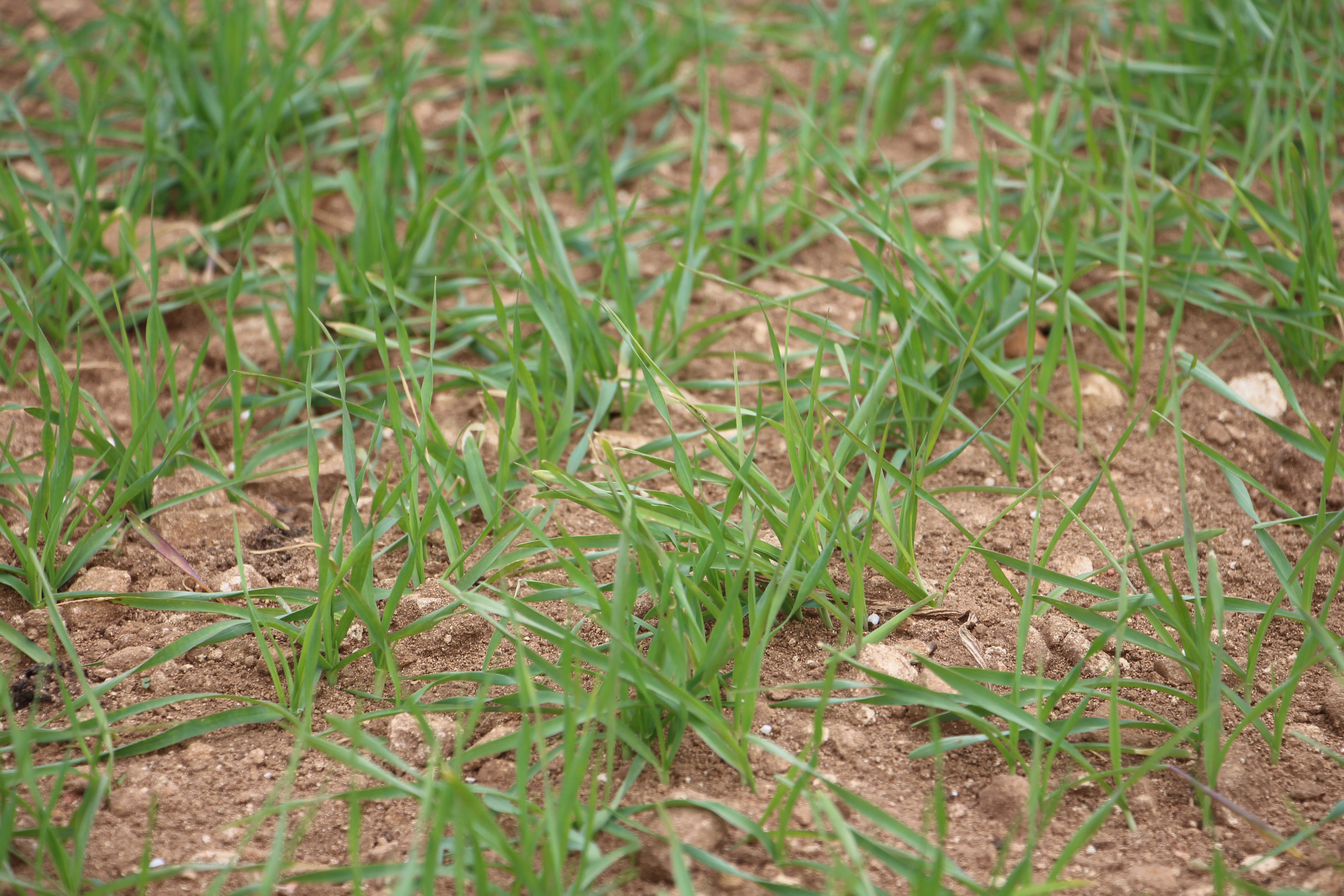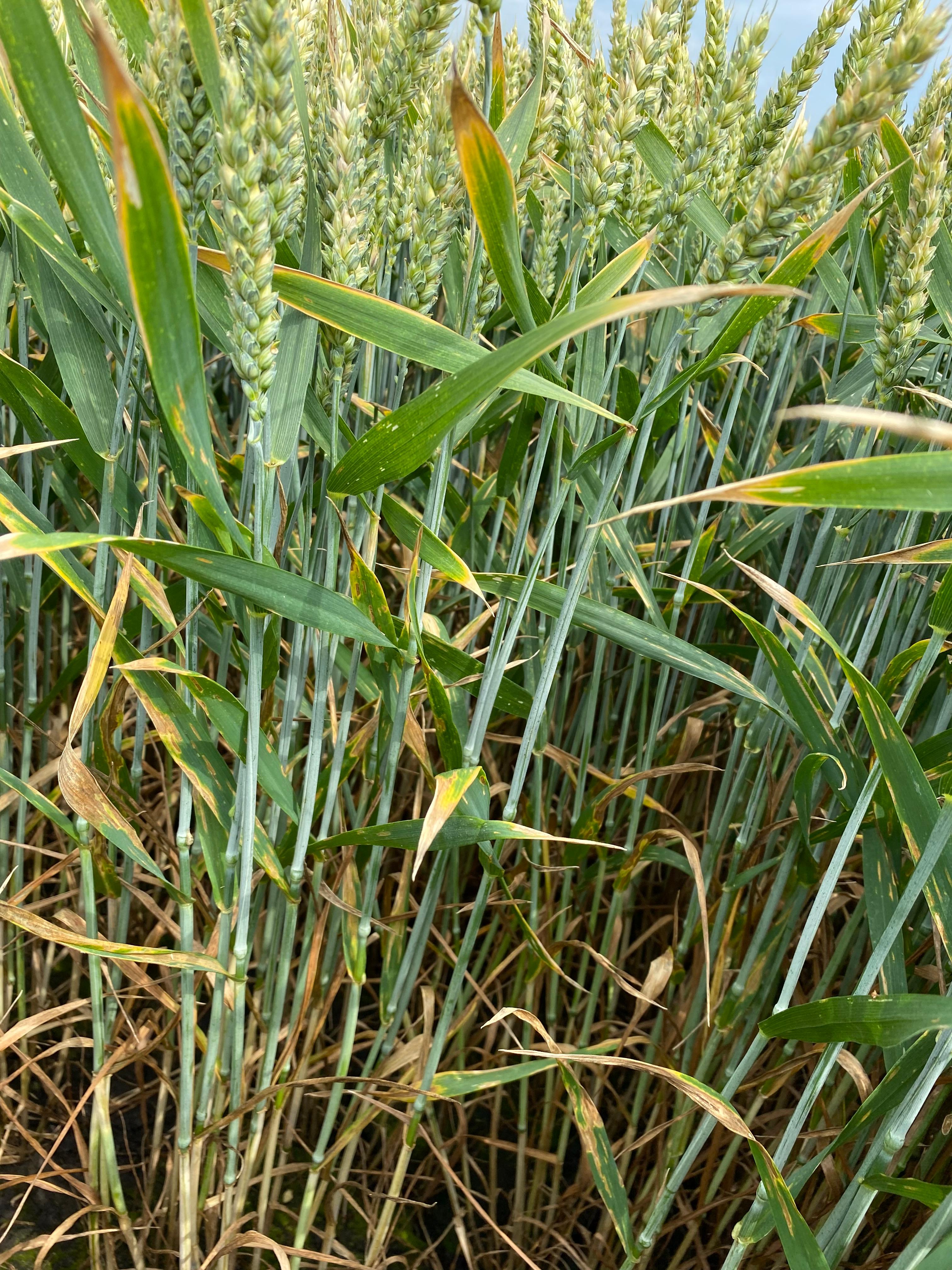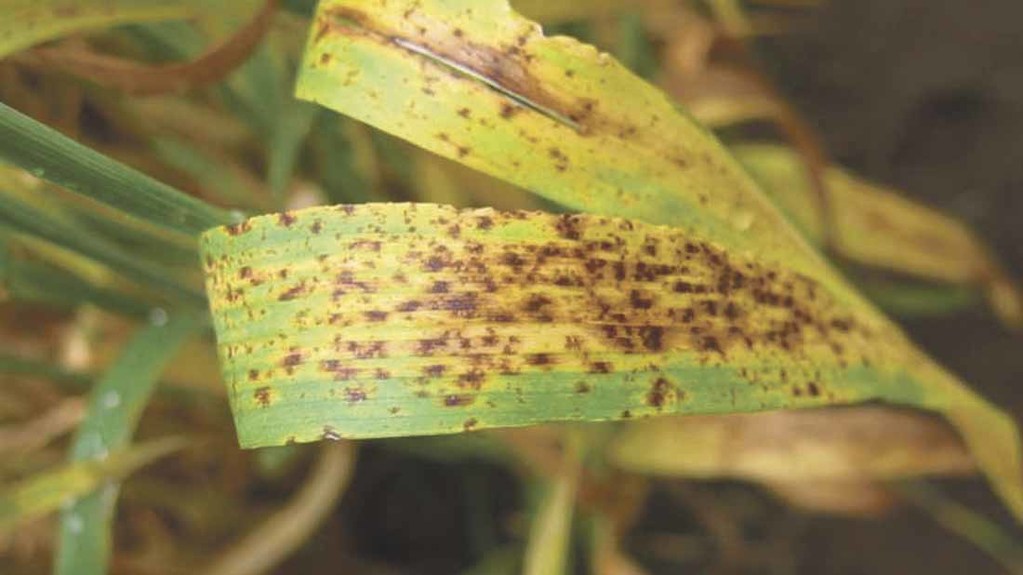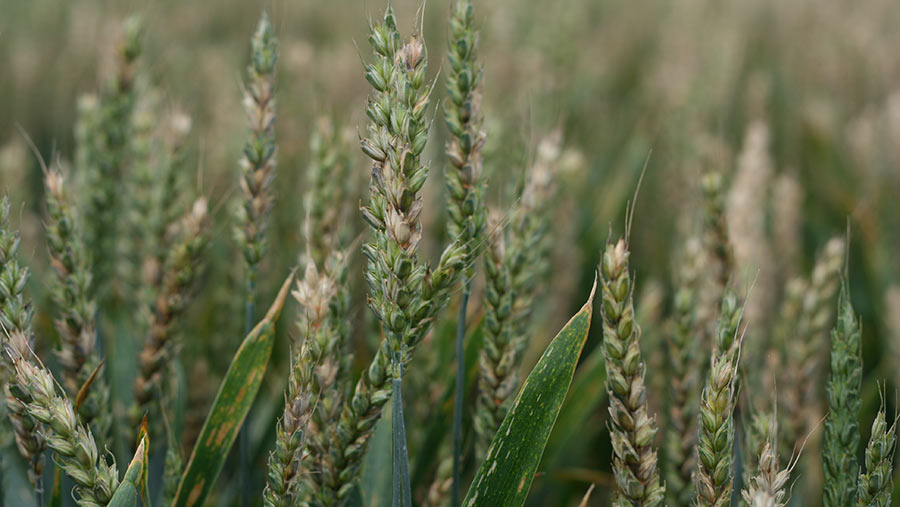2021 - Spring cropping strategies in 2021

As a result of the wet 2019/20 winter, the area of arable land put to spring crops in 2020 was significantly larger than in previous years, with spring wheat, spring barley, pulses, maize, oats, linseed and soya all proving popular to a greater or lesser extent.
Leaving land fallow over the winter or sowing with a temporary cover crop gave many growers an additional opportunity to bolster their black-grass control programmes and to target other key weeds such as annual meadow-grass and broad-leaved weeds.
It remains to be seen just how many growers will maintain an increased area of spring crops again this year, but with so much for growers to consider, we have once again updated our Spring Cropping Guide: packed with useful information and detailed advice on how our broad range of herbicides, fungicides and insecticides can be used to ensure any spring-sown crops are given every opportunity to achieve their full potential, the guide also contains some useful disease and weed management guidance as well as some sound advice for tackling the threat of herbicide resistance. The Spring Cropping Guide also provides label information and application rate and timing advice for each of our spring crop protection products.
The advantages of spring cropping
In addition to being one of the most cost-effective strategies for controlling black-grass and broad-leaved weed populations (by establishing spring sown crops in stale seedbeds which have been purged of viable weed seedlings), spring cropping also enables growers to use integrated weed and disease management strategies to their advantage:
Crop choice and rotation:
The diverse range of spring cropping options enables a wider range of herbicides to be employed.
Drilling date:
Up to 80% black-grass control can be achieved (but only where the field has been properly cultivated in the autumn and has minimal disturbance in the spring to prevent further germination).
Herbicide control strategies:
A sequenced herbicide strategy is often required, with the timing, frequency of application, and weather conditions all important considerations. Herbicides should be used carefully, and growers are encouraged to be mindful of their environmental impacts.
Resource and margin:
Lower input costs can make some spring cropping options more economically attractive.
Disease management:
Disease pressure, variety resistance rating and weather conditions should be taken into consideration when deciding on fungicide programmes, with the season’s first treatments applied before significant disease develops on leaves.
Be resistance aware
With a number of chemical groups showing signs of insensitivity and reduced efficacy, it is important to remain mindful of resistance management; fungicides should only be used where necessary and in a mixture, using a minimum number of applications of the same active ingredient and regularly monitoring the crop for signs of disease.
To protect the current and future armoury of fungicides, a multi-site active ingredient such as folpet should also be used – not only to provide effective crop protection, but also to protect at risk azole, SDHI and strobilurin chemistries. Cyprodinil can also be used to increase the diversity of modes of action in programmes, thereby adding another layer of protection to resistance management strategies.
 United Kingdom
United Kingdom Select country
Select country




